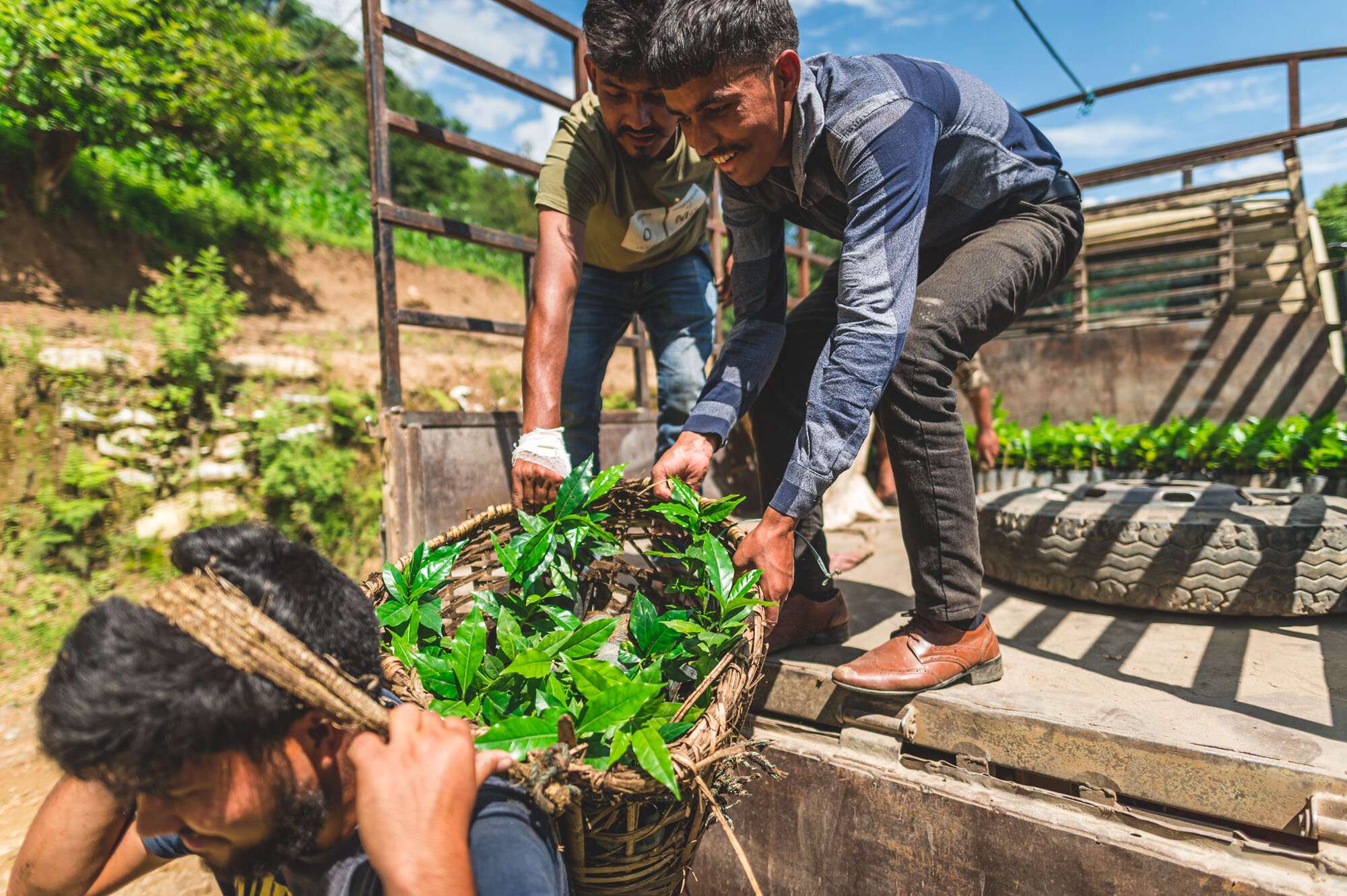Access to clean air, water, and green spaces should be a universal right, yet environmental justice remains an issue of racial inequality. Marginalized communities often suffer the most from pollution, deforestation, and climate change while having the least access to natural spaces. Standing up for racial justice in environmental activism means ensuring that everyone, regardless of race or background, has the right to a safe and healthy environment.
The Environmental Justice Movement
Historically, communities of color have faced higher exposure to environmental hazards, including toxic waste sites, air pollution, and water contamination. Environmental justice seeks to address these inequalities by advocating for fair treatment and meaningful involvement of all people in environmental policies and decision-making.
How Climate Change Disproportionately Affects Minority Communities
- Higher Pollution Levels – Industrial sites and landfills are often placed near low-income and minority neighborhoods, leading to increased health issues such as asthma and respiratory diseases.
- Limited Access to Green Spaces – Parks and natural reserves are often located far from underserved communities, restricting opportunities for outdoor recreation and mental well-being.
- Climate Disasters Impacting Vulnerable Communities – Hurricanes, floods, and wildfires often hit marginalized populations hardest, leaving them with fewer resources to recover.
Ways to Take Action
Raise Awareness – Educate others about the intersection of race and environmental issues.
Support Organizations Fighting for Environmental Justice – Groups advocating for fair policies can help protect vulnerable communities.
Demand Inclusive Green Policies – Urge policymakers to prioritize equal access to clean environments for all.







